Fabra I Coats Factory and the Sant Andreu de Palomar Neighbourhood: The Sant Andreu district occupies the north and northeast of the so-called “Barcelona Plain” (Pla de Barcelona in Catalan), outside the former walled area of the city and bordered by the River Besòs on its westernmost edge.
History of the Sant Andreu District
Between the late 10th and early 11th centuries it became a separate administrative entity devoted mainly to agriculture, thanks to its fertile alluvial soil. In the late mediaeval period it consisted of dispersed farmhouses spread over the whole area and presided over by the town of Sant Andreu del Palomar. The land was owned by an organised and independent middle class who leased it under conditions that favoured the establishment of farmhouses surrounded by extensive properties.
In 1716, under the Nueva Planta decrees, the towns on the plain outside the city walls began to set up their own local councils. The demolition of the walls and the first stages of the city’s expansion began in 1854. On 20 April 1897, Barcelona city council definitively annexed Sant Andreu del Palomar, together with other districts such as Gràcia and Sants to the north (Figs.1-2).
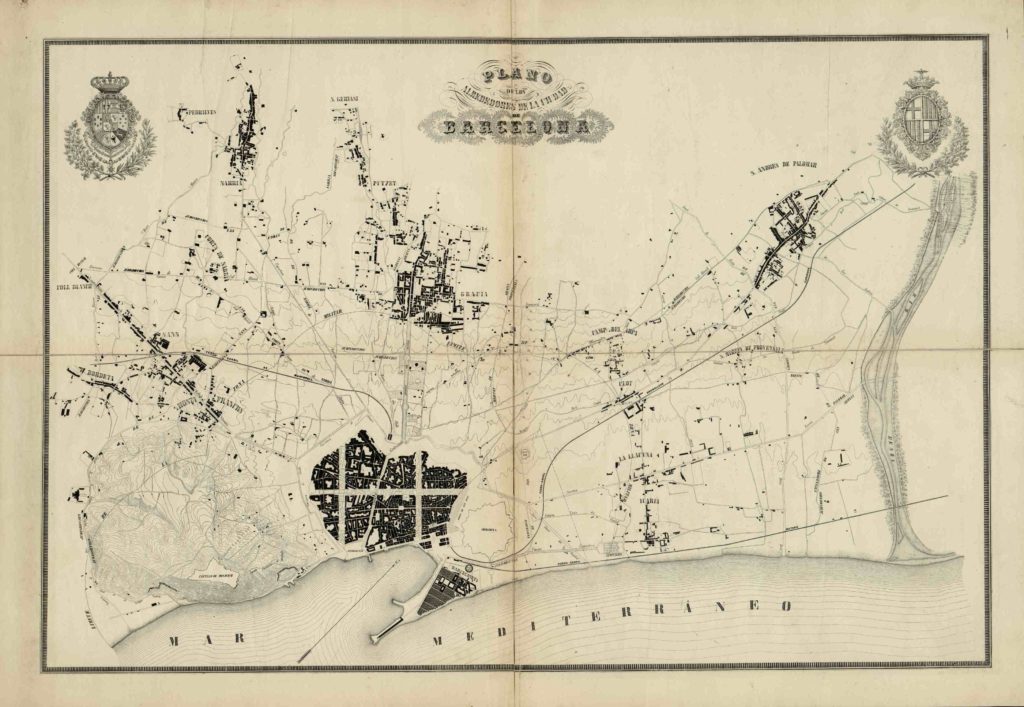
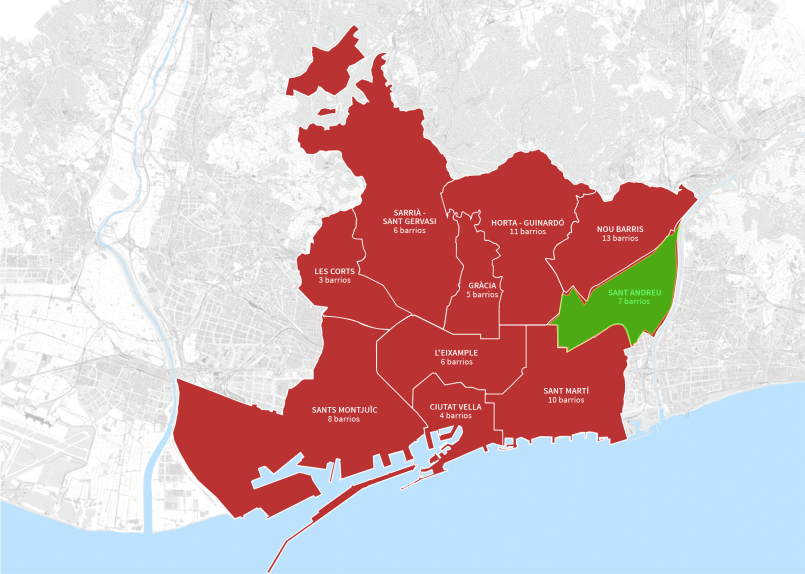
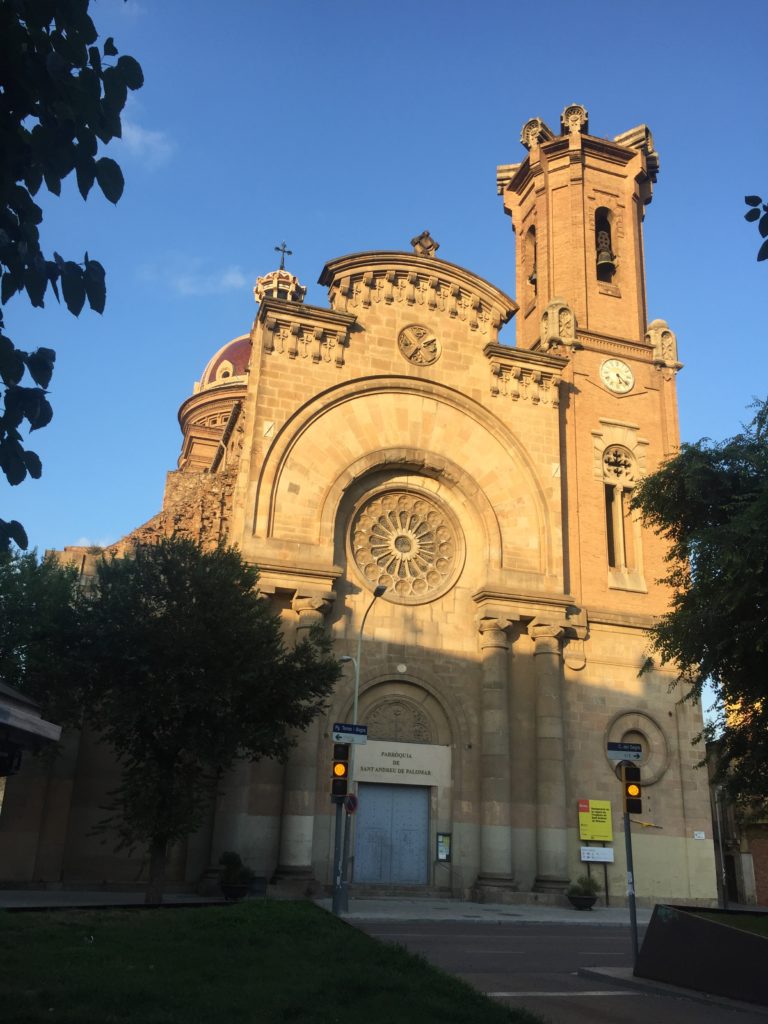
The layout of the town of Sant Andreu we see today dates from the late 18th century and the first decades of the 19th century. By the end of the 19th and beginning of the 20th centuries, a number of large businesses had been set up in Sant Andreu, including Fabra i Coats (our case study), as well as many small companies and workshops. The passage of time has left many contrasts. The Reapers’ War (Guerra dels Segadors in Catalan), a social revolt of great importance in the history of Catalonia, began in its streets and in the church of Sant Andreu de Palomar (Fig. 3). The district is also home to the Casa Bloc, an iconic social housing building in the rationalist architectural style of 20th-century avant-gardism (Fig. 4).
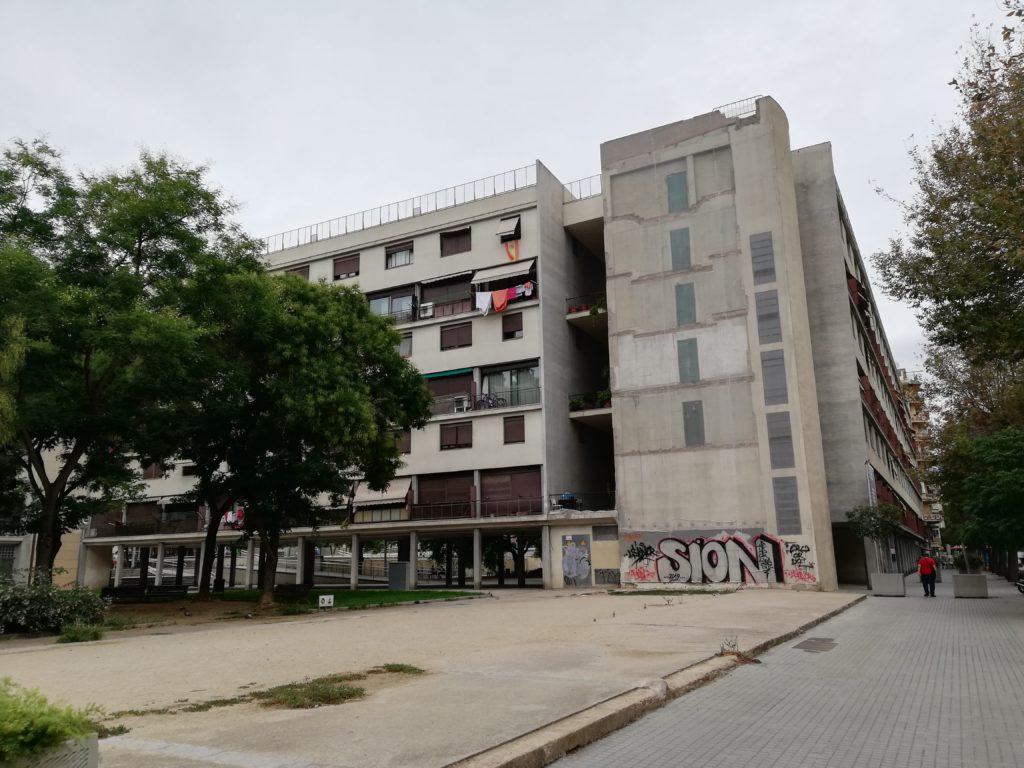
The district has a rich and lively associative life encouraged by a strong sense of tradition, culture and local festivities. Sant Andreu de Palomar is going through a period of change. This can be seen in projects such as the redevelopment of an important thoroughfare, the Avinguda Meridiana; the introduction of traffic calming measures in Carrer Gran de Sant Andreu, to turn it into a street in which residents can stroll and shop in tranquillity; and the refurbishment of the neighbourhood market in the Plaça del Mercadal (Figs. 5-7).
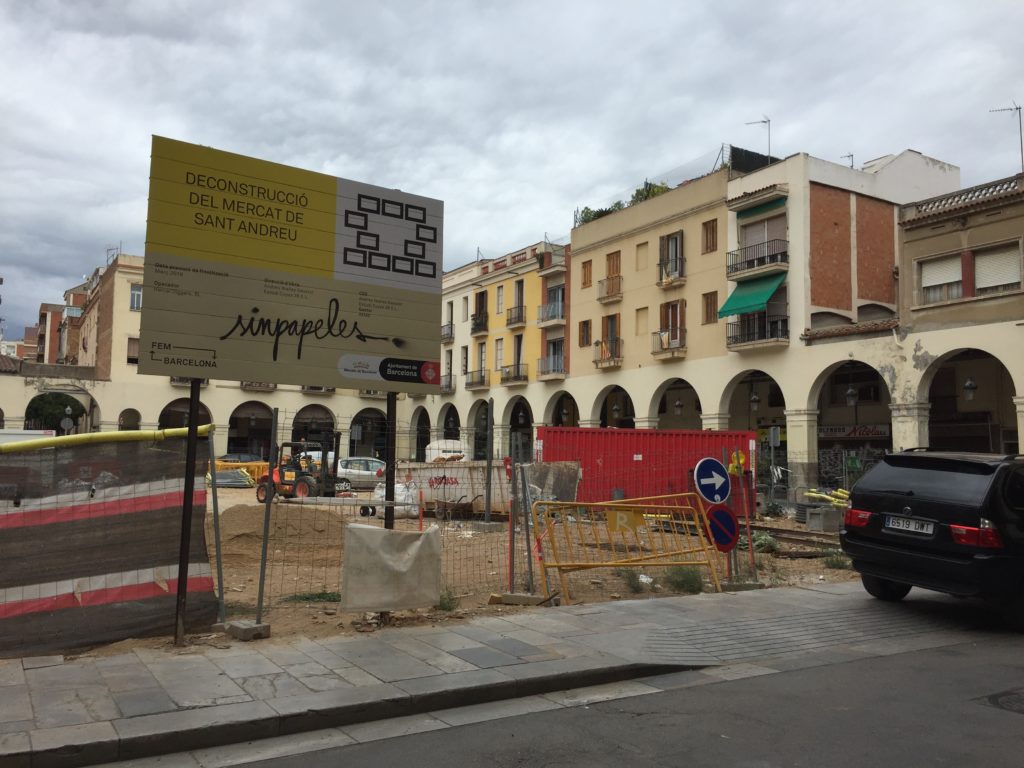
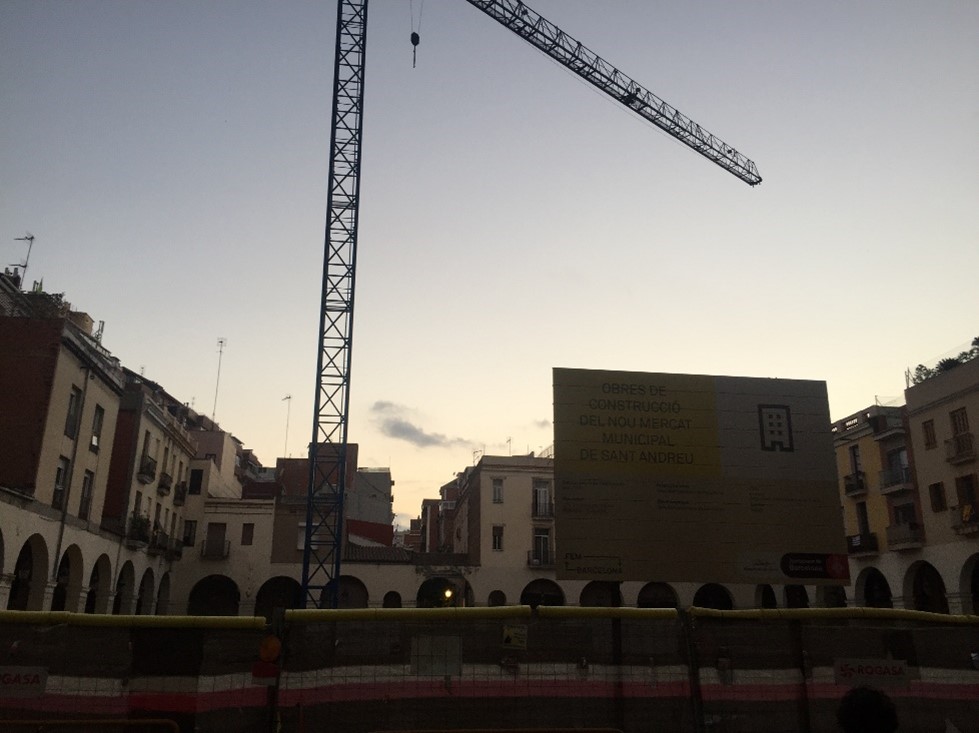
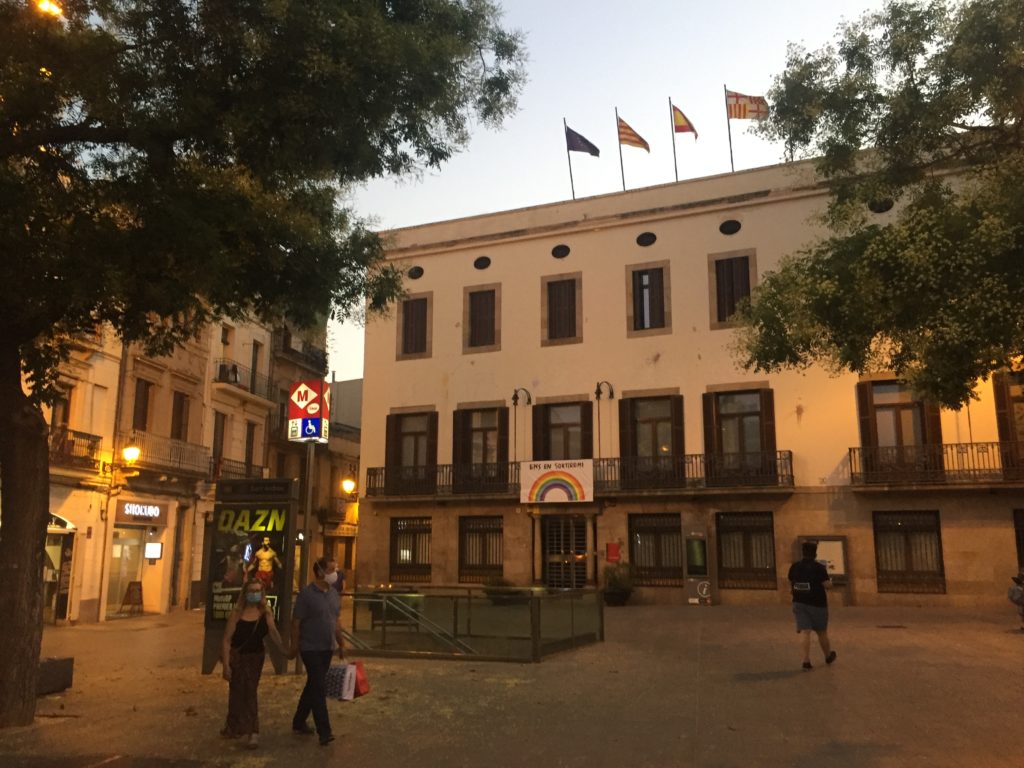
The Fabra i Coats Factory
In 1837, the entrepreneur Ferran Puig i Gibert and his business partner Jaume Portabella founded a linen thread factory in Sant Andreu. It was named Vapor de Fil (literally “Steam of Thread”). In 1884, Camil Fabra joined the business and the limited company Fabra i Portabella was incorporated. In 1903, it merged with the British company “J&P Coats” and subsequently became one of the leading textile industries in Europe.
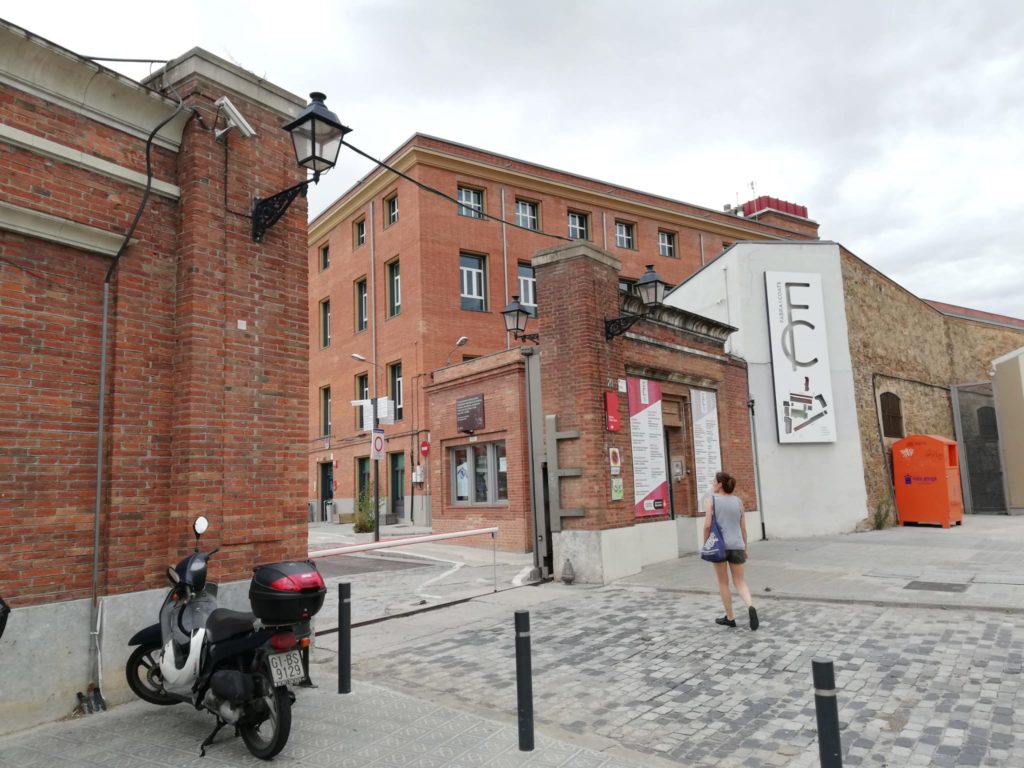
The British introduced important social innovations, including paid holidays. The economic, social and cultural structure of the neighbourhood became closely linked to Fabra i Coats during those years. In 1911, it was the foremost industrial concern in Sant Andreu and one of the largest in the city of Barcelona. It had 1,600 workers, 80% of whom were women. It is said that the many women who worked in the factory and the large number of local families that lived off earnings from it were the reason it was known locally as “Can Mamella” (House of the Breast). However, in the 1970s the factories were closed and the workers made redundant. The buildings were refurbished in 2008 to be used as a space for artistic creation under the “Factories of Creation” scheme promoted by the Barcelona Institute of Culture (ICUB) (see Fig. 8).

Leave a Reply